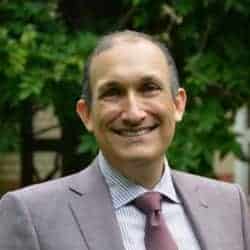
I recently sat down with Dr. Scott Yaruss and had a delightful conversation about some of the changes that have happened in stuttering assessment and intervention. There have been a lot of changes but I want to focus on one in particular here, and that is what a stuttering assessment should look like.
Stuttering Assessment Back Then
When I was in graduate school, I learned the process of counting and categorizing instances of stuttering. How many times did my client repeat syllables and whole words and phrases? How many blocks occurred? Were they audible or inaudible? Were there any secondary characteristics, such as facial tension or eye blinking? We used these with certain percentage cut-offs for the frequencies—namely 3% of stuttering-like disfluencies, 10% overall disfluencies, and 72% of stuttering-like disfluencies out of overall disfluencies. That’s how we did it.
Changes in Stuttering Assessment
Over my years in practice, research started to show that a stuttering assessment should include more than that. Of great importance is how each individual feels about their stuttering, and how it impacts their lives. So, in our practice at Bilinguistics, we added those elements, but we still did fluency counts.
What About Percentage Cut-offs for Diagnosing Stuttering?
As I listened to Dr. Yaruss talk about what he looks for in a stuttering assessment, he didn’t mention anything about frequency of occurrence of stuttering-like or non-stuttering-like disfluencies. So I asked,…
“What about the 3% and 10% cutoffs that have historically been used in stuttering assessments?”
Honestly, Dr. Yaruss answered my question about that without saying a single word. He held two hands up and moved them away from himself, as if throwing something into the air. Then, here’s what he shared.
“People have used this at a guide in research and clinical practice to indicate when a person has exhibited enough stuttering behavior that we’re going to ‘call it stuttering’ (envision the air quotes). I don’t ascribe to this AT ALL anymore. I was raised in it. I was taught it and it was the zeitgeist at the time. I find those measures to be utterly meaningless.”
How Many Hours Have You Spent Doing Frequency Counts in Speech Samples?
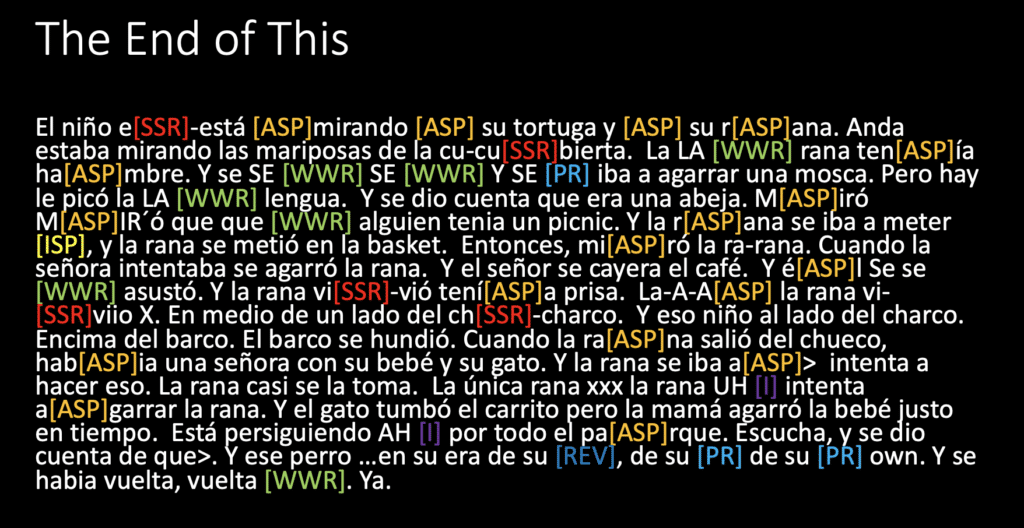
Okay, so who, like me, cringed at the thought of the number of hours in your career that you’ve spent calculating types of stuttering-like and non-stuttering-like disfluencies? Okay, let’s not think about that.
No Cut-Off Point Works
Dr. Yaruss shared that because of the variability of stuttering, including the variation across different settings and with different people, there is no cut-off point that works.
So, Where did the 3% Cut-off Come From?
In fact, the 3% was based on a study by Wendell Johnson (Johnson and Rosen, 1937). (Read a fascinating New York Times article about Wendell Johnson here.) Johnson’s 1937 study was based on the point at which people’s speech was judged as stuttering or not by casual observers. And, as Dr. Yaruss noted, there was overlap. In other words, it wasn’t a clean cut-off. Just like any cut-score we use in our diagnostic process, we can never cleanly draw a line in the sand and perfectly categorize a group as having or not having a characteristic. And Dr. Yaruss pointed out that even Wendell Johnson didn’t advocate for a cut-off score based on his data. The cut-off scores were proposed by others to operationalize stuttering vs. non stuttering for research purposes (Conture, 1990; Zebroweki et al, 1985)
“So, if we don’t use percentages of disfluencies and frequency counts, what do we use?”
Stuttering is About Being Stuck or Losing Control of Speech
Dr. Yaruss is interested in how the individuals perceive their own speech. He said that people who stutter use words like, “unable to speak,” “loss of control,” and “stuck.” This is what matters—not how many times someone repeats a syllable. People can repeat syllables or words for a number of reasons. They might be buying time as they think of the next word they want to use. There is also research that indicates that bilingual children use a higher number of repeated syllables than their monolingual counterparts, perhaps as they move between languages. We want to be very careful that we don’t over-identify bilingual children as people who stutter. Conversely, we don’t want to under-identify them either. So, perhaps we shouldn’t use syllable repetitions as part of our assessment criteria.
Understanding Stuttering from the Speaker’s Perspective
Per Dr. Yaruss, the more important question is:
“Does the person experience the sensation of loss of control or “stuckness” that we call stuttering?
If they’re not experiencing that, it’s not stuttering.
So the next important question is:
How do we measure whether they experience loss of control?
Well, with adults and adolescents, we can simply ask them. Even most school-age children are able to tell us this information. With preschoolers, it’s a little more challenging but, with careful observation and input from those close to the child, still possible.
The OASES Helps SLPs Measure the Impact of Stuttering on Those Who Stutter
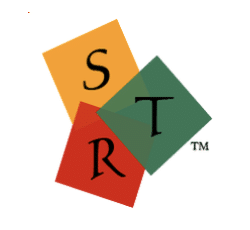
Dr. Yaruss, along with his colleague Dr. Quesal, developed the Overall Assessment of the Speaker’s Experience of Stuttering (OASES) to measure the adverse impact that stuttering has on people’s lives. It provides an impact score that combines information about a speaker’s perceptions about stuttering, the negative feelings associated with stuttering, the behavioral response to stuttering, the thoughts and reactions a speaker has about their stuttering, the functional communication difficulties a speaker has in different speaking environments, and the impact of stuttering on the speaker’s overall quality of life. The individual’s responses to these items yield a severity score that ranges from 1 to 5 with descriptors of mild, mild-to-moderate, moderate-to-severe, and severe adverse impact. It is available from Stuttering Therapy Resources.
So I guess the most important question is,
“Is this difference in speech causing an adverse impact on this person’s life?”
SLP’s Role in Stuttering Therapy
If stuttering is causing an adverse impact on a person’s life, our role as SLPs is to help with that.
Join us inside of SLP Impact to learn more from two experts on stuttering. Nina Reeves presents on School-Age Stuttering Therapy: Redefining Our Roles and Dr. Scott Yaruss presented on Everything Has Changed: New Views About Stuttering Therapy.
Conture, E. G. (1990). Childhood stuttering: What is it and who does it? ASHA Reports Series (American Speech-Language-Hearing Association), 18, 2–14.
Johnson, W., & Rosen, L. (1937). Studies in the psychology of stuttering: VII: Effect of certain changes in speech pattern upon frequency of stuttering. Journal of Speech Disorders, 2(2), 105-110.
Yaruss, J. S., & Quesal, R. W. (2006). Overall Assessment of the Speaker’s Experience of Stuttering (OASES): Documenting multiple outcomes in stuttering treatment. Journal of fluency disorders, 31(2), 90-115.
Yaruss, J. S., & Quesal, R. W. (2008). OASES: Overall Assessment of the Speaker’s Experience of Stuttering: Manual. Pearson.
Zebrowski, P. M., Conture, E. G., & Cudahy, E. A. (1985). Acoustic analysis of young stutterers’ fluency: Preliminary observations. Journal of Fluency Disorders, 10(3), 173-192.



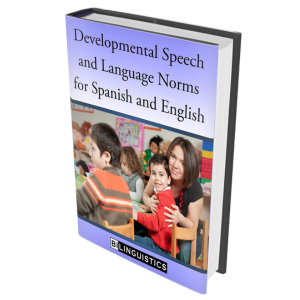
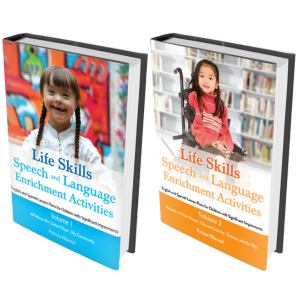
This was very interesting! I wish that the author of this article and the date of publishing were listed on this page.